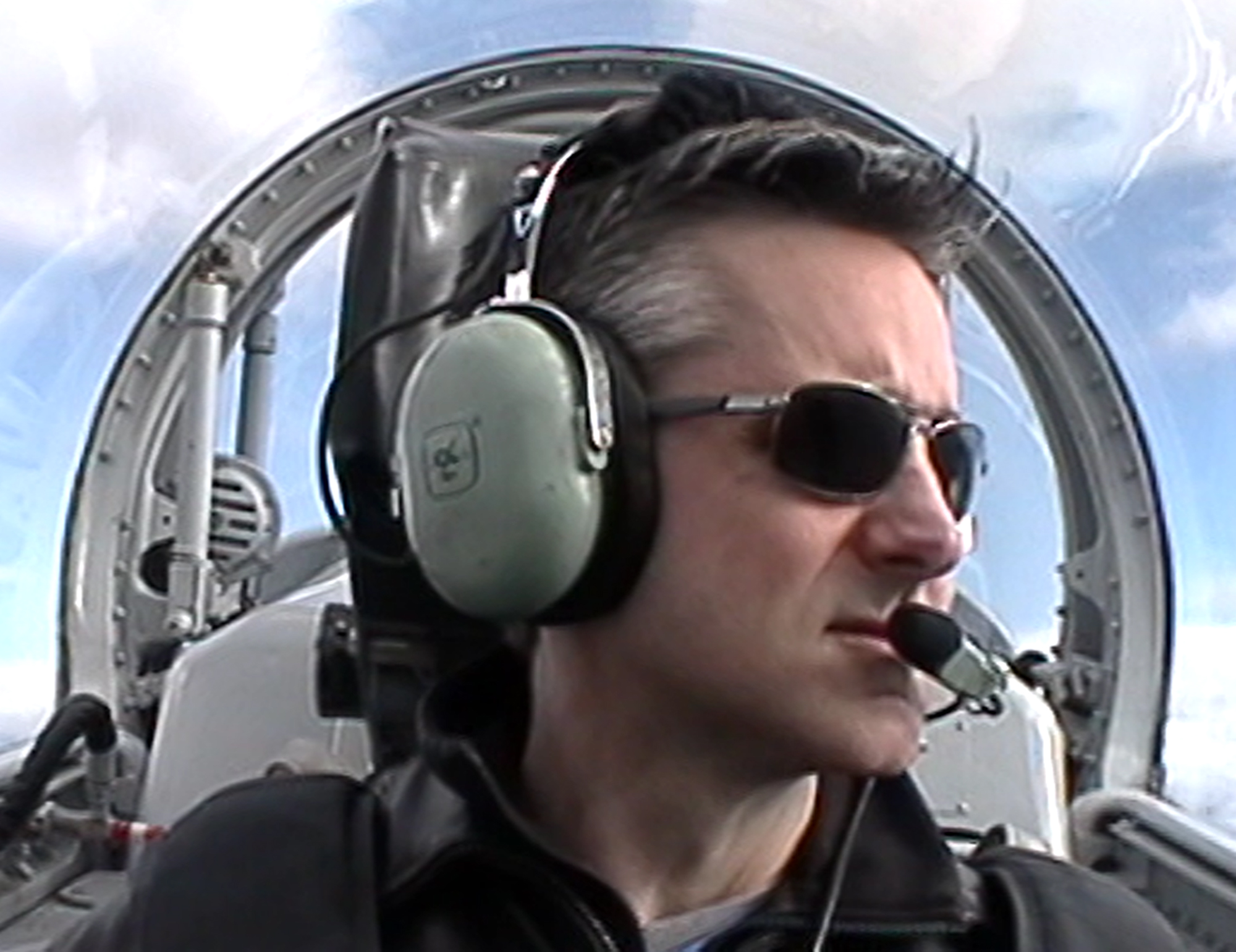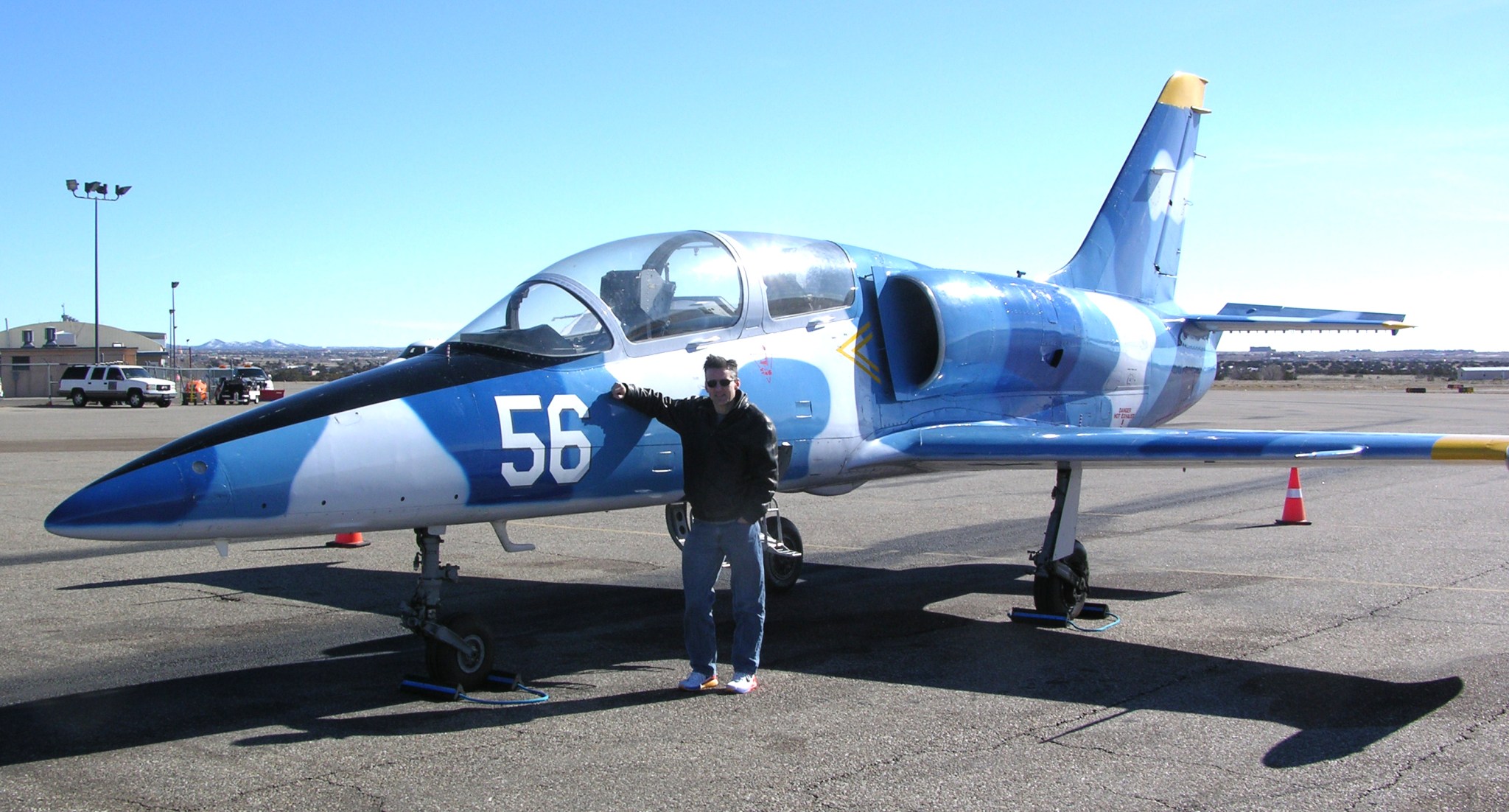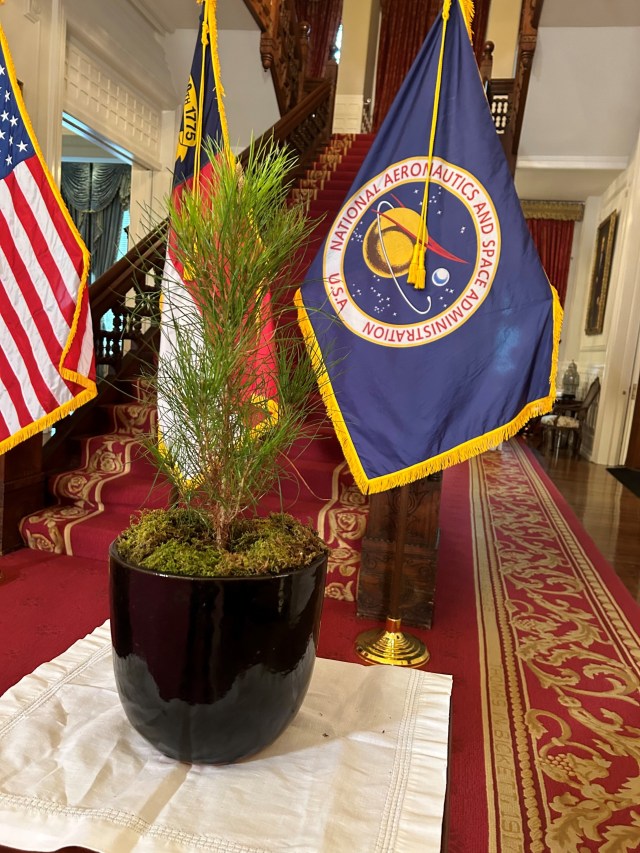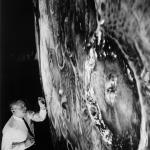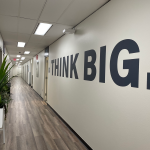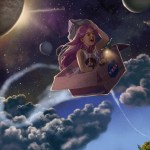Name: Brent J. Bos
Title: OSIRIS-REx TAGCAMS Instrument Scientist
Formal Job Classification: Research Physicist
Organization: Code 551, Optics Branch, Applied Engineering and Technology Directorate
What do you do and what is most interesting about your role here at Goddard? How do you help support Goddard’s mission?
In general, my job is to apply the optical sciences to space exploration. When I was working on the James Webb Space Telescope, one of my first tasks was to derive the performance requirements for the James Webb science instruments and structure from the science requirements for the mission.
Now I am the OSIRIS-REx TAGCAMS instrument scientist. Since launching the mission in September 2016, my primary job has been to come up with ways to test and calibrate the cameras in space. We calibrated right after launch to make sure the cameras were performing at least as well as they had on the ground. Six months later, we did a large calibration campaign and then did another one 10 months after launch. We did another big campaign as part of the Earth fly-by and gravity assist.
What is involved in calibrating an instrument flying 28 million miles away?
The cameras I am responsible for are some of the primary instruments we will use to navigate to the asteroid Bennu, which is OSIRIS-REx’s ultimate destination, and to acquire a sample from Bennu. One of the key things we are checking during these in-flight calibrations is how the camera pixels map to the outside scene. We have to know where each individual pixel is located in outer space to within a tolerance or margin of error of less than a pixel. That means over the length of a 100-yard American football field, we have to know where a point is located to better than a diameter of a quarter – less than one inch.
The good thing is that there are a lot of people who, over time, have mapped the sky. We know where stars are located very well. Until the latter part of the 20th century, sailors relied on guide stars to help them navigate at sea. Even the Apollo astronauts had sextants on board to observe stars as a backup navigation technique.
So how do you relate a map of the entire sky to a tiny pixel?
Fortunately it is not about the actual distance, it is all about the angles. So we just need to accurately measure the angles between the stars.
We have maps of the sky that the whole astronomical community has been building up for years. One of the key parts of our calibration is taking pictures of the sky of areas that have been mapped and seeing how the star positions compare to what we think they should be in the cameras.
We can consider the star positions are fixed for our purposes. We have a mathematical model of how our cameras work that maps those known star positions to positions on the detectors inside the cameras. We also have an algorithm that identifies those star locations on the detectors and it tells us how far off the star positions are from where they should be according to the star map. Then we make the necessary adjustments in our mathematical model.
Lots of people are involved in planning the images, pointing the spacecraft in the right direction, testing the commands to take the images, communicating with the spacecraft to take the images, and getting the images back. That is when the math starts all over again.
The entire process takes months. Patience is part of the job.
How do you remain so patient with so much at stake?
I have worked on a lot of flight missions. I am used to the pace of building spacecraft, building instruments for spacecraft and flight operations. It just takes a long time. For instance, when I first came to Goddard, I worked on the James Webb Space Telescope for 11 years. It still has not launched. It takes a long time to do something exciting and new.
Patience is what you sign up for when you work on a flight project. Usually the team is very big and it takes time to get everyone organized and on the same page. At the same time, you are trying to figure out how to do what you are supposed to be doing. Most of what we do has never been done before. A flight project does not provide instant gratification. But the long term rewards are usually well worth the effort and patience.
Why did you become a physicist?
When I was in the second grade, I went on a class field trip to a planetarium at a museum in West Michigan. The planetarium had a small astronomy display including a section dedicated to Roger B. Chaffee, a Michigan native and one of the Apollo 1 astronauts who died in the launch pad fire. Between the astronomy display, the spacecraft display, the planetarium show and finding out about our very own local astronaut, I decided that I wanted to devote my life to space exploration. The whole visit truly inspired me.
After that, it was all things space! To me space seemed so exciting, so full of mysteries. It was also so very difficult. I always liked challenges and mysteries.
A summer or two later, I found a used copy of “On Course to the Stars,” a biography of Chaffee written by his father. I still have that book.
Years later, I was invited to give a talk at the very same museum. It was great coming full circle. I even got to meet members of the Chaffee family. I also eventually went to NASA’s Kennedy Space Center in Florida to see the site of the Apollo 1 fire. I also paid my respects at his grave at Arlington National Cemetery outside Washington, D.C. I feel it is very important to keep the memories of fallen astronauts alive.
What is your educational background?
I have a degree in honors physics from the University of Michigan, Ann Arbor, and a Ph.D. in optical sciences, a sub-discipline of physics, from the University of Arizona.
How did you come to Goddard?
When I was getting close to defending my Ph.D. dissertation, I started going to recruiting events. I met a couple of Goddard people and they were interested in me because I had done a lot of Mars exploration work in graduate school.
On tax day 2002, I began working at Goddard in the Optics Branch. I have been in the same building my entire career. A short while ago, I finally got an office with a window. Now I have really arrived.
What is the coolest thing you have done at Goddard?
During the summer of 2008, I was working on the Phoenix Mars Lander Mission. I had several different operational roles, but one of my coolest roles was that I actually wrote the commands for one of the cameras on the lander. I told the camera on the lander what to do – open your shutter, focus your lens, turn your lights on, take a picture and so on.
A few weeks into the mission it was approaching daytime at our landing site on Mars, but it was nighttime in Tucson where our mission control was located. I had just finished writing the commands and my shift was over. I walked outside into the middle of the night. I looked up at Mars in the sky. And I thought that what I just did, just now, is going to make something happen on that faraway planet in a few hours — amazing!
As a kid, that is exactly the sort of thing I had hoped I could do. And I did, as an adult. I was ecstatic with pride. It was hard for me to sleep that night. We didn’t get to experience that every day because the Mars day is about 40 minutes longer than an Earth day. So sometimes Mars was in the sky at night, sometimes during the day. But when you got to see Mars in the sky and knew that you were making something happen there, those days were a little more special.
What is the next cool thing you want to do?
I am part of the OSIRIS-REx operations team that is flying a spacecraft to Bennu and then will acquire a sample of the surface in 2020. We have never acquired a sample from an asteroid before. It is possible that asteroids like Bennu contain the building blocks of life here on Earth. It is also the next best thing to going to Bennu ourselves!
What lessons or words of wisdom would you pass along to somebody just starting their career at Goddard?
My Ph.D. adviser Peter Smith told me that the key is to figure out what the most important things are and concentrate on getting those things right. You will never have enough people or money or time to track down every single little thing. So you have to prioritize the things that really matter when working on a mission. The trick is knowing what things really matter.
On a personal level, be curious. Don’t let people tell you that you can’t do something you want to do. When I was 7 years old, I was curious. I was curious enough to get inspired at a museum and to dream. And then I remained curious enough and worked hard enough to follow and realize my dream.
Is there something surprising about your hobbies that people do not generally know?
In my free time, I play with my wife and three kids, run and fly airplanes. I belong to a flight club in Edgewater, Maryland.
My favorite plane to fly is an L-39 Albatross, a jet fighter trainer from the Eastern Bloc. But normally at my home field I fly a Piper Cherokee. I have also flown with Bill Finagin in his Pitts biplane, a small aerobatic plane with two wings. Bill is in the International Aerobatic Club Hall of Fame. We have done some tricks that freaked out my wife and almost made me sick. I practiced recovering from full stalls with him. We flew straight up, turned the engine off and then put in full right or left rudder to stall the plane, causing it to go into a spin. After waiting for five or six rotations, we practiced recovering. I was wearing a parachute just in case. It was pretty amazing but completely nauseating.
One nice thing about flying is that you get immediate feedback.
What is your “six-word memoir”? A six-word memoir describes something in just six words.
Curious. Detailed. Friendly. Optimistic. Tenacious. Family-oriented.
By Elizabeth M. Jarrell
NASA’s Goddard Space Flight Center, Greenbelt, Md.

Conversations With Goddard is a collection of Q&A profiles highlighting the breadth and depth of NASA’s Goddard Space Flight Center’s talented and diverse workforce. The Conversations have been published twice a month on average since May 2011. Read past editions on Goddard’s “Our People” webpage.





























